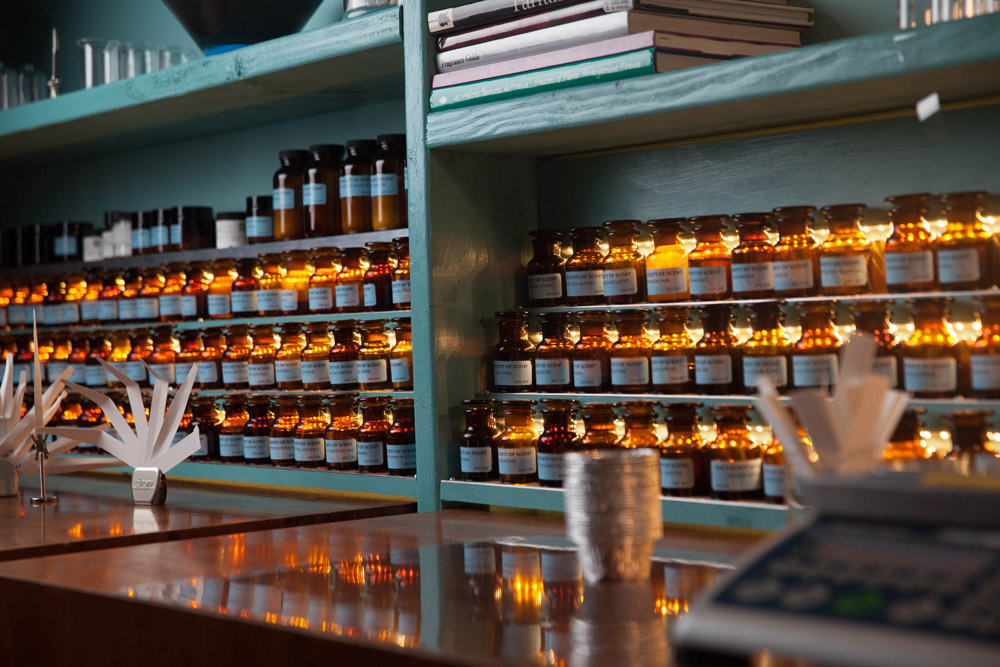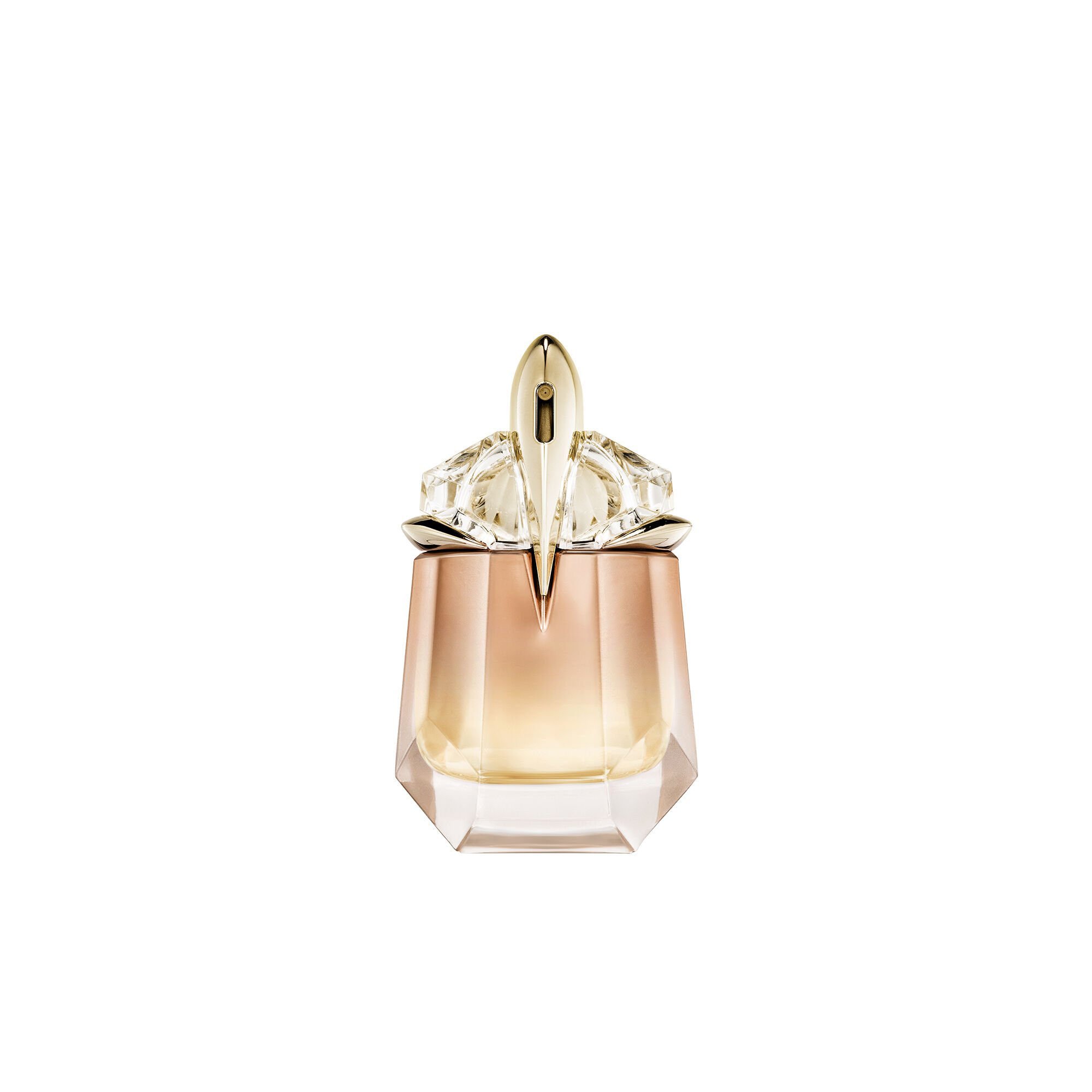Top, middle, and base notes in perfume refer to the different layers of scents that unfold over time after applying the perfume. These notes are determined by the concentration of various aromatic ingredients used in the fragrance composition.
Exploring The Different Levels Of Perfume Fragrance
Perfumes are a unique blend of scents that can evoke strong emotions and leave a lasting impression. Understanding the different levels of fragrance is essential in creating a captivating scent. The three key levels of perfume fragrance are top, middle, and base notes.
Top notes are the initial impression of a perfume and can include light and refreshing scents like citrus and fruits. They are the first to evaporate and last for about 15 minutes to an hour.
Middle notes, also known as heart notes, emerge after the top notes have evaporated. They form the core of a fragrance and can include floral, spicy, or herbal scents. Middle notes provide the body and character of the perfume and can last for several hours.
Base notes are the foundation and longest-lasting part of a perfume. They are often rich and intense scents like wood, musk, or vanilla. Base notes emerge once the middle notes have evaporated and can linger on the skin for hours or even days.
The combination of these three levels of fragrance creates a unique composition that appeals to our senses. So the next time you choose a perfume, pay attention to the top, middle, and base notes to find the perfect scent that suits your style and personality.
An Introduction To Top Notes In Perfume
The top notes are the initial scents that you smell when you first apply a perfume. They are the lightest and most volatile components of a fragrance. These notes are responsible for grabbing your attention and creating a first impression. Commonly derived from citrus fruits, herbs, or spices, top notes evaporate quickly, typically lasting for about 15 minutes to an hour after application.
The role of top notes in perfume composition is to provide a refreshing and uplifting effect. They create a burst of freshness and add a unique character to the fragrance. Think of them as the opening act of a perfume, setting the stage for the middle and base notes to follow.
Examples of popular top notes in perfumes include citrus fruits like lemon and bergamot, aromatic herbs like lavender and rosemary, and spices like cardamom and ginger. These scents provide a bright and invigorating start to the fragrance, making it enticing and captivating.
Understanding Middle Notes In Perfume
Understanding middle notes in perfume is essential for those who want to delve into the world of fragrance. Middle notes, also known as heart notes, form the heart of a perfume’s scent and are responsible for the fragrance’s character and longevity.
The middle notes typically develop after the initial top notes evaporate, creating the first impression, and before the deeper base notes emerge hours later. They act as a bridge between the top and base notes, creating a complex and harmonious blend.
Prominent middle notes found in various perfumes include floral scents like rose, jasmine, and lavender, as well as fruity notes like apple and peach. Other popular middle notes include spicy elements like cinnamon and cardamom, or woody notes like cedarwood and sandalwood.
When choosing a perfume, pay attention to the middle notes to fully understand its character and how it will develop on your skin over time. Embrace the fascinating world of middle notes and explore the intricate artistry behind creating the perfect scent.
Unravelling Base Notes In Perfume
Base notes play a crucial role in the composition of perfumes, serving as the foundation of the fragrance. These notes are often described as the deep, rich, and long-lasting scents that linger on the skin for hours. Commonly used base notes in perfumes include sandalwood, vanilla, patchouli, amber, musk, and vetiver.
These ingredients not only provide a solid base for the perfume but also contribute to its overall longevity and depth. Base notes are typically the last to develop on the skin, gradually emerging several hours after the initial application. They help anchor the lighter top and middle notes, creating a lasting olfactory experience. So, next time you choose a perfume, pay attention to its base notes as they are the ones that will make the scent truly memorable.
The Art Of Blending Perfume Notes
The art of blending perfume notes involves combining top, middle, and base notes to achieve balance and harmony in fragrance. Perfumers carefully select and layer these different notes to create a unique and pleasing scent.
Top notes are the initial scents that are first noticed when a perfume is applied. They are usually light and fresh, lasting for a brief period of time before fading away. Common top notes include citrus, herbal, and floral scents.
The middle notes, also known as heart notes, follow the top notes and provide the overall character and body to the fragrance. They are often floral or fruity scents and last longer than the top notes.
Base notes are the final layer of a perfume and provide depth and stability to the fragrance. They are typically rich and heavy scents that linger for a long time. Examples of base notes include musk, vanilla, and woody aromas.
By skillfully combining these notes, perfumers can create intricate and complex fragrances that evoke different emotions and moods. The balance of these notes is crucial in ensuring a well-rounded and appealing perfume.

Credit: www.thesocietyofscent.com
FAQs
What Are Top Vs Middle Vs Base Notes In Perfume?
Top notes are the initial scents you smell, middle notes emerge after the top notes fade, and base notes linger the longest.
Are Base Notes The Strongest In Perfume?
No, base notes are not always the strongest in perfume.
What Is An Example Of A Middle Note Perfume?
A middle-note perfume example is rose, lavender, or geranium, which create the heart of the fragrance.
What Matters Most In Perfume Top Notes?
Top notes are the first scents you smell in a perfume, making them crucial.
Conclusion
Understanding the different notes in perfume is essential for anyone who appreciates the world of fragrances. Top notes, middle notes, and base notes each play an important role in creating a unique scent experience. The top notes are the initial impression, providing a burst of freshness and capturing attention.
Middle notes are the heart of the fragrance, adding depth and character. Base notes are the foundation, lingering on the skin and ensuring longevity. When selecting a perfume, it’s crucial to consider how these layers will evolve over time. By paying attention to the various notes, you can find a fragrance that suits your personality and style.
Whether you prefer floral, fruity, or woody scents, understanding the composition of perfumes will enhance your olfactory journey. So next time you choose a perfume, take a moment to appreciate the artistry and complexity behind the top, middle, and base notes that create a harmonious fragrance.









